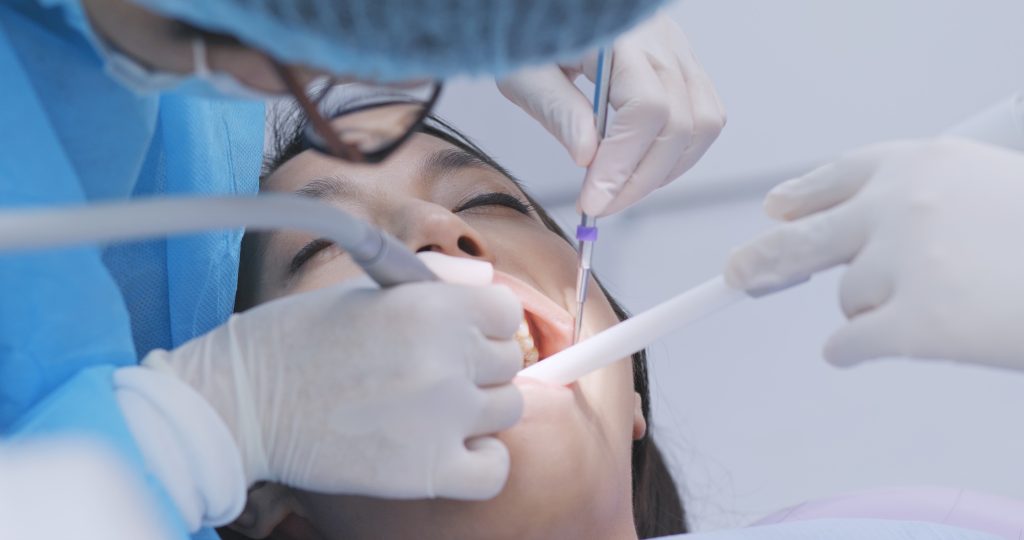Why is oral hygiene so important?
Adults over 35 lose more teeth to gum diseases (periodontal disease) than from cavities. Three out of four adults are affected at some time in their life. The best way to prevent cavities and periodontal disease is by good tooth brushing and flossing techniques, performed daily.
Periodontal disease and decay are both caused by bacterial plaque. Plaque is a colorless film, which sticks to your teeth at the gum line. Plaque constantly forms on your teeth. By thorough daily brushing and flossing you can remove these germs and help prevent periodontal disease.
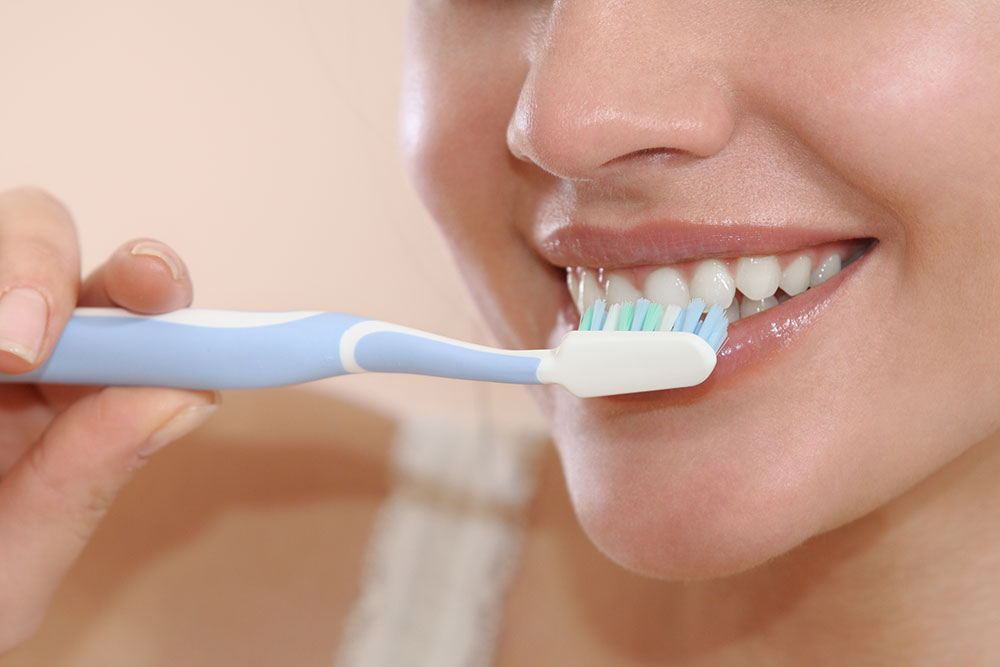
How to Brush Teeth
Dr. Kafayi recommends using a soft toothbrush at a 45-degree angle where your gums and teeth meet. Gently move the brush in a circular motion with light pressure on the outside surfaces, ensuring the bristles get between the teeth without discomfort. For the inside surfaces of the back teeth, follow the same technique.
For the front teeth, hold the brush vertically and make gentle back-and-forth strokes, brushing the surrounding gum tissue as well.
To clean the biting surfaces, use short, gentle strokes and adjust the brush position as needed. Check in the mirror to ensure thorough cleaning. Rinse vigorously afterward to remove any loosened plaque.
How to Floss
Periodontal disease often develops between teeth where toothbrushes can’t reach. Flossing effectively removes plaque from these areas, but proper technique is crucial.
1. Use about 18” of waxed floss. Wrap most around one middle finger and the rest around the other.
2. For upper teeth, hold the floss tightly and gently insert it between the teeth using a back-and-forth motion. Curve it into a C-shape at the gum line and slide it gently between the tooth and gum, cleaning both tooth surfaces. Avoid cutting the gum tissue.
3. For lower teeth, use your forefingers to guide the floss and don’t forget the back side of the last tooth.
4. Rinse with water afterward to remove plaque and food particles.
It’s normal for gums to bleed or feel sore when starting to floss. If you experience pain, you might be flossing too hard. With daily flossing, your gums will heal, and bleeding should decrease.
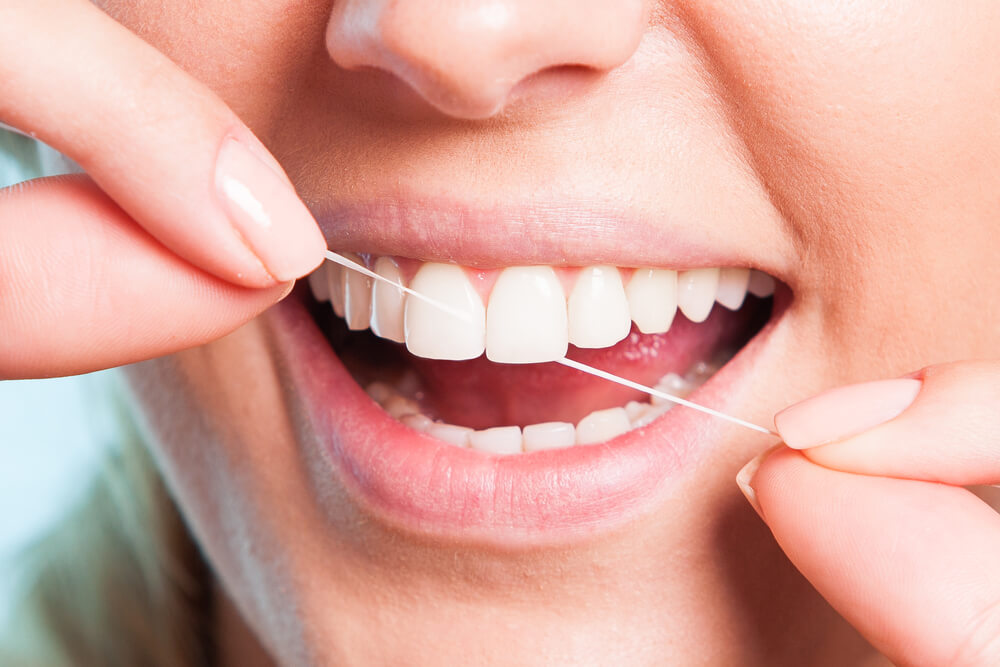
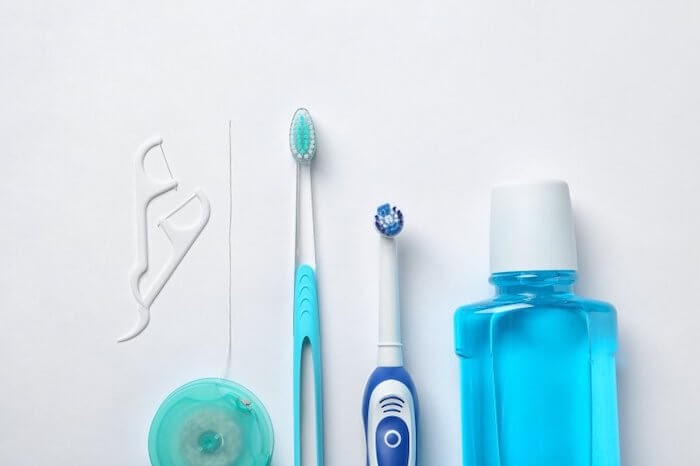
Choosing Oral Hygiene Products
Choosing the right dental care products can be confusing. Here are some tips: – Automatic or electric toothbrushes, like Rotadent and Interplak, are effective and safe. While oral irrigators help rinse the mouth, they do not replace brushing or flossing.
– Some toothbrushes feature a rubber tip for gum massage, and interproximal brushes clean between teeth, but use them carefully to avoid gum injury.
– Fluoride toothpastes and mouth rinses can reduce tooth decay by up to 40%, but are not recommended for children under six. Tartar control toothpastes help with surface tartar but don’t address gum disease below the gum line.
– Look for ADA-approved anti-plaque rinses to help control early gum disease, and always use them alongside brushing and flossing.
Professional Dental Cleaning
Daily brushing and flossing will keep dental calculus to a minimum, but a professional dental cleaning will remove calculus in places your toothbrush and floss have missed. Your visit to our office is an important part of your program to prevent gum disease. Keep your teeth for your lifetime.
